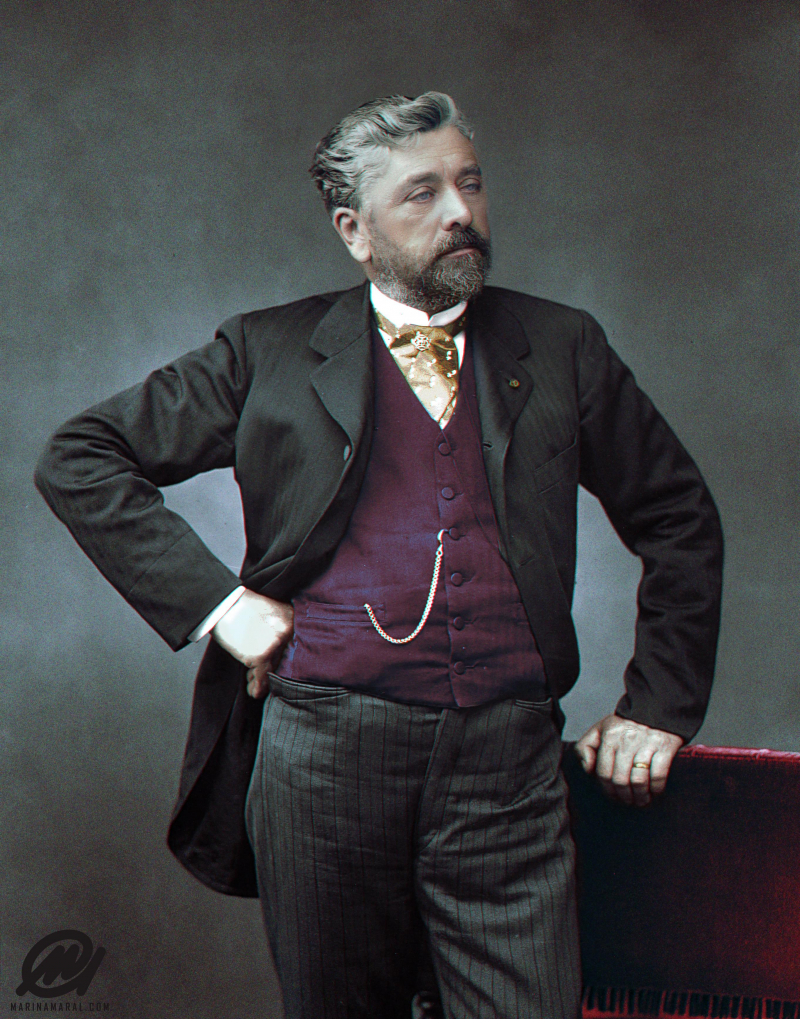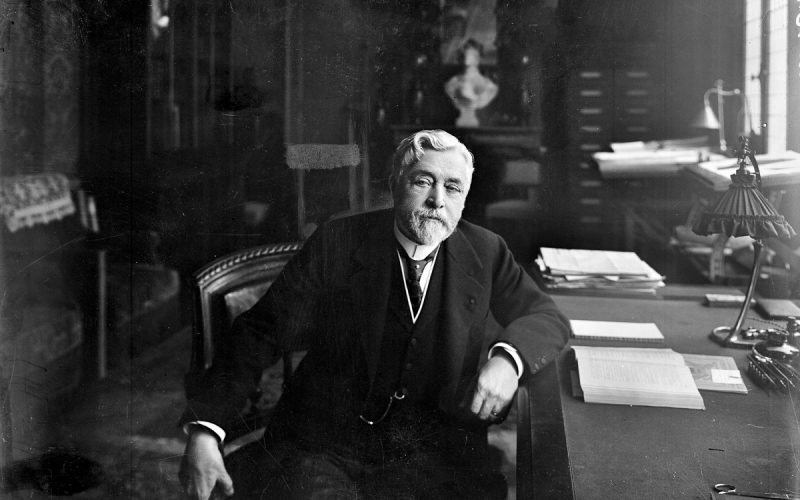Aerodynamics and meteorology were other fields Gustave Eiffel worked on.
Gustave Eiffel transitioned into aerodynamics and meteorology after leaving architecture. This decision was motivated by certain issues Eiffel had with the impact wind force was having on some of his constructions.
He began by attempting to come up with a useful use for the Tower, which had only been intended to last for twenty years. In addition to using it as a weather observation station and a massive aerial mast for the emerging field of radio transmission, he used it in wind resistance studies.
He built a wind tunnel directly at the foot of the Tower and a second, much larger one on Rue Boileau in Paris in 1909 to further his studies into aerodynamics. He gathered meteorological data at stations put throughout his numerous properties. Last but not least, this wind tunnel is still functional.
Gustave Eiffel would later see some success in this area as well, and at this time he carried out several tests in wind tunnels. In 1913, at the age of 83, the Smithsonian Institution gave him the Samuel P. Langley Medal for Aerodromics.









